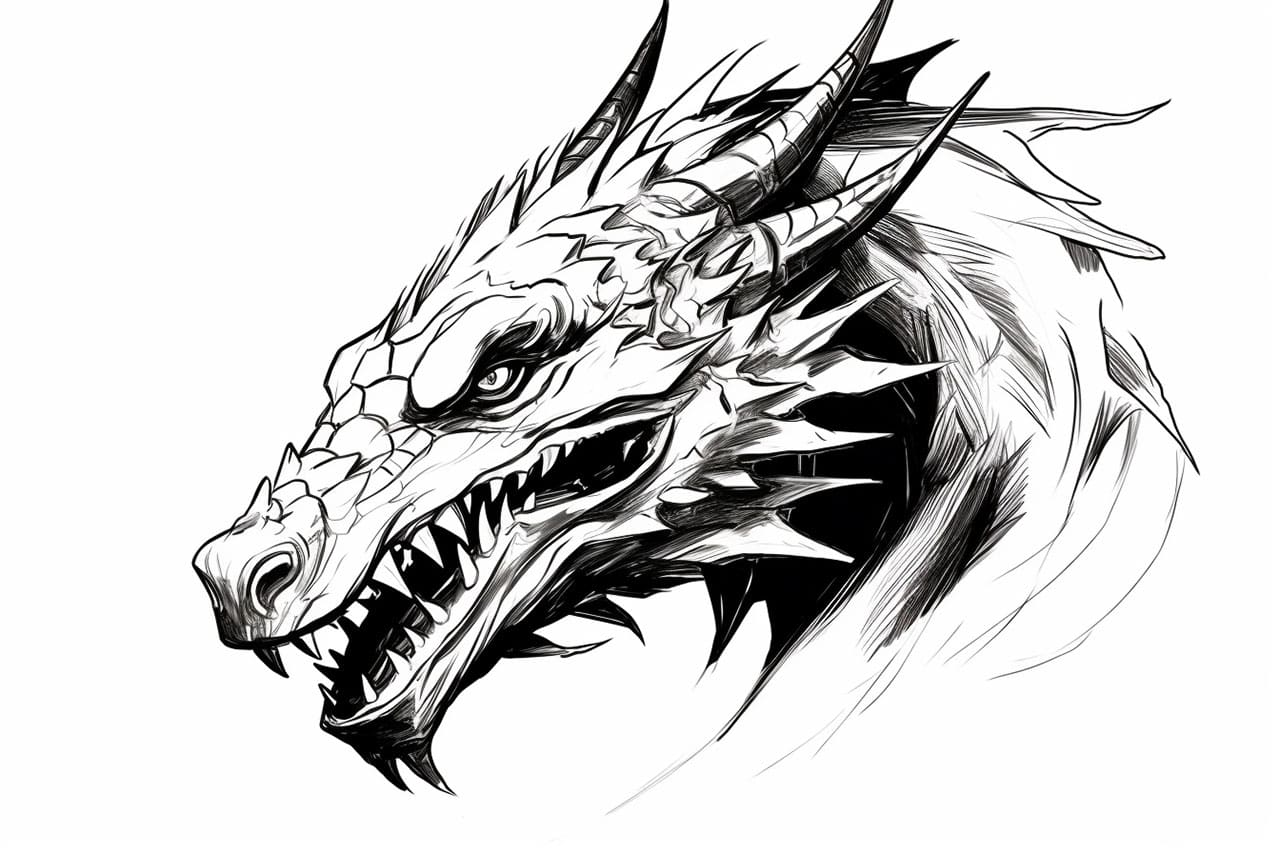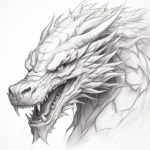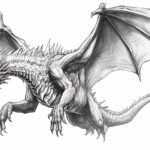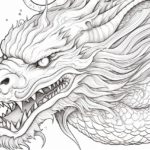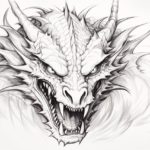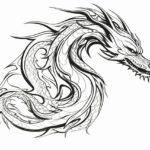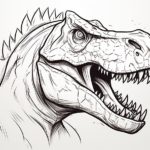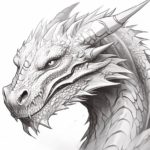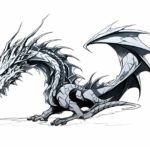Welcome to this step-by-step tutorial on how to draw a dragon head! Dragons have captivated our imagination for centuries with their majestic and mythical presence. Knowing how to draw a dragon head can be a great skill to have in your artistic repertoire. In this guide, you will learn the techniques and steps required to create a stunning dragon head drawing. So grab your sketchbook and pencils, and let’s get started!
Materials Required
Before we dive into the steps, let’s gather the materials you will need for this drawing:
- Drawing paper: Choose a medium-weight paper that is suitable for sketching. A size of at least 9×12 inches is recommended.
- Pencils: Have a range of graphite pencils available, from 2H (lightest) to 6B (darkest). You can also use mechanical pencils with different lead weights.
- Eraser: A kneaded eraser is ideal for this drawing, as it can be shaped to remove small details and texture.
- Blending tool: You can use a blending stump or a tortillon to smudge and blend graphite for shading.
- Reference images: Find a few reference images of dragon heads to inspire your drawing. These can be found in books or online.
Now that we have our materials ready, let’s dive into the step-by-step process of drawing a dragon head!
Step 1: Basic Shape
Start by lightly sketching the basic shape of the dragon head. Use simple geometric shapes, such as circles and rectangles, to outline the head, snout, and jawline. Don’t worry about details at this stage; focus on getting the proportions and overall shape right.
Step 2: Eyes and Horns
Next, draw the eyes and horns of the dragon. Place the eyes in the upper part of the head, slightly tilted towards each other. Dragons often have large, expressive eyes, so draw them accordingly. Add the horns on top of the head, curving them outward or upward for a more menacing look.
Step 3: Nose and Snout
Now, let’s work on the dragon’s nose and snout. Extend the basic shape of the head into a snout, tapering it towards the end. Add details to the nostrils and draw the line of the mouth, giving it a slight curve to imply a fierce expression. Pay attention to the placement and symmetry of these features.
Step 4: Teeth and Tongue
Dragons are known for their sharp teeth, so let’s add them now. Draw a row of teeth inside the mouth, making them pointy and uneven to add realism. Add a snake-like tongue at the bottom of the snout, curling it slightly for added effect.
Step 5: Scales and Texture
One of the defining features of a dragon is its scales. Start adding scales to the dragon’s head, working from the top and moving towards the bottom. Use curved lines to create the diamond-shaped scales, making them smaller as you move towards the snout. Add texture to the horns, snout, and other areas using short, curved lines.
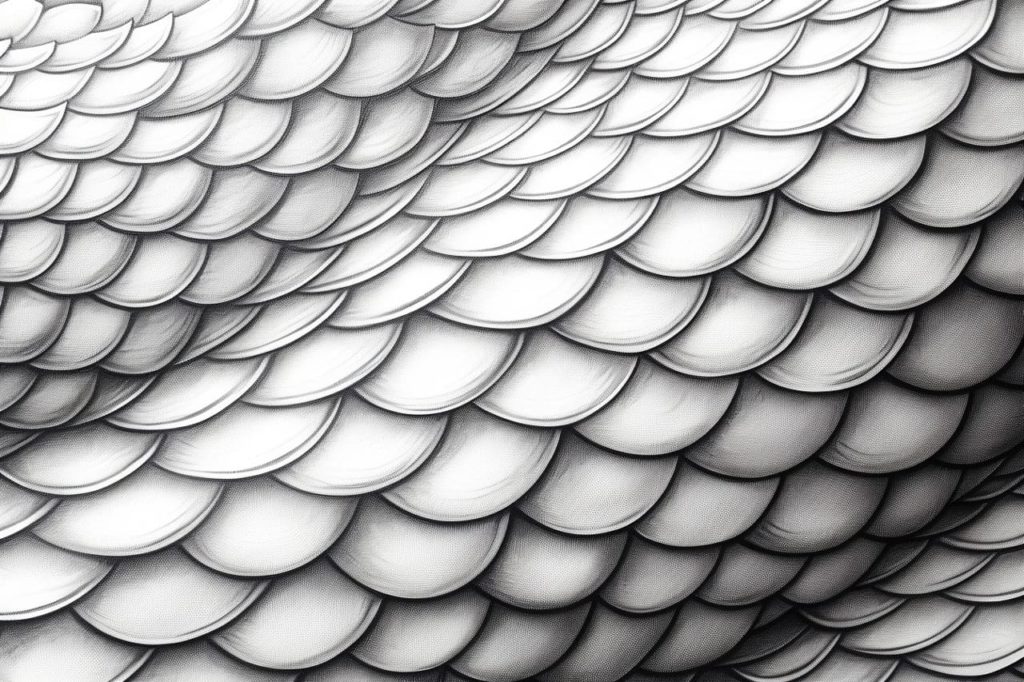
Step 6: Shading and Highlights
To give your dragon head drawing depth and dimension, let’s add shading and highlights. Determine the light source in your drawing and shade the areas that would be in shadow. Use hatching or cross-hatching techniques to create depth and form. Leave some areas lighter to represent highlights, such as the edges of the scales or the shiny parts of the horns.
Step 7: Final Details
Now that your dragon head is taking shape, it’s time to add the final details. Refine the shapes of the eyes, horns, and teeth. Add any additional texture or details that you feel will enhance the overall appearance of the dragon. Take your time with this step and make any necessary adjustments to ensure your drawing looks its best.
Conclusion
Congratulations on completing your dragon head drawing! By following these step-by-step instructions, you have learned the techniques required to create a visually striking dragon head. Remember, practice is key to improving your drawing skills, so don’t be discouraged if your first attempt isn’t perfect. Keep experimenting, exploring, and applying these techniques to create your own unique dragon drawings.
Now that you have mastered the art of drawing a dragon head, the possibilities are endless. Add this skill to your artistic repertoire and let your imagination soar. Happy drawing!
Gallery of Dragon Head Drawings
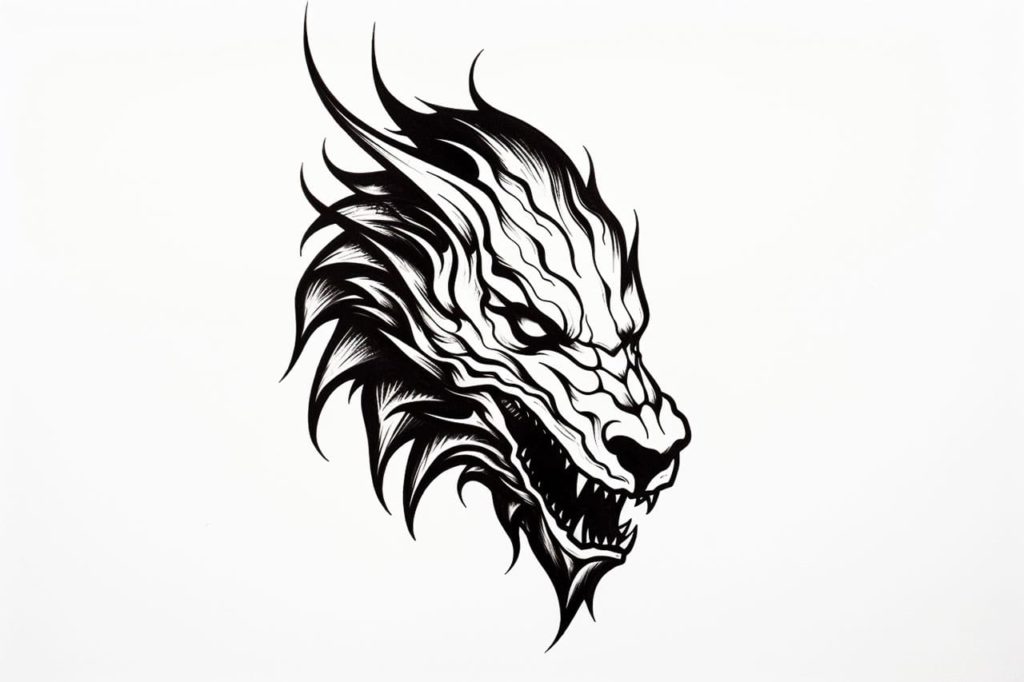
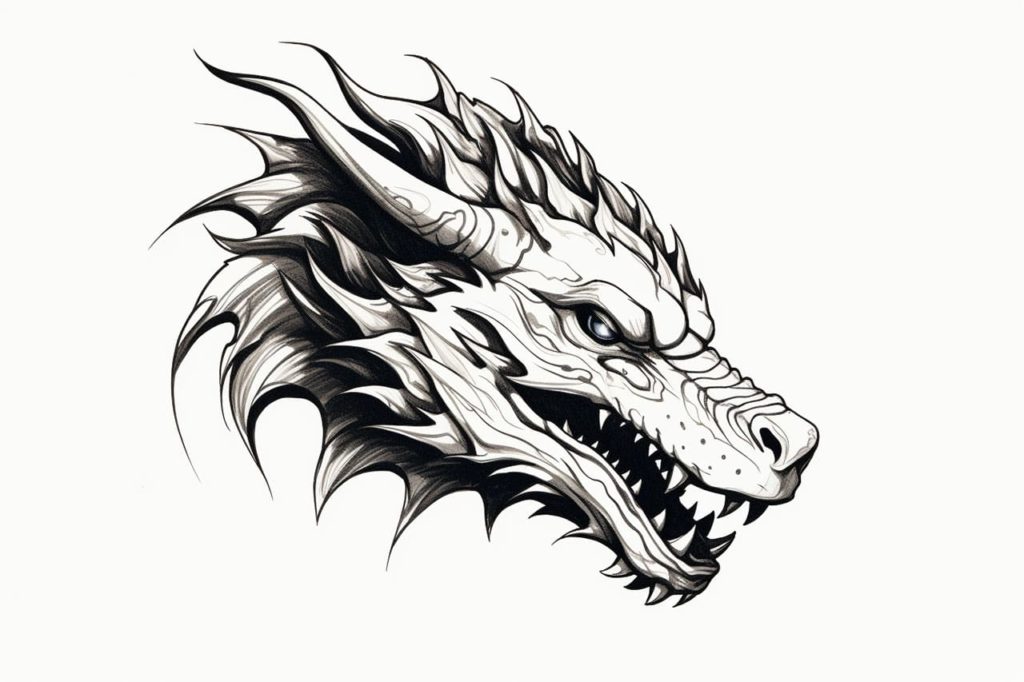
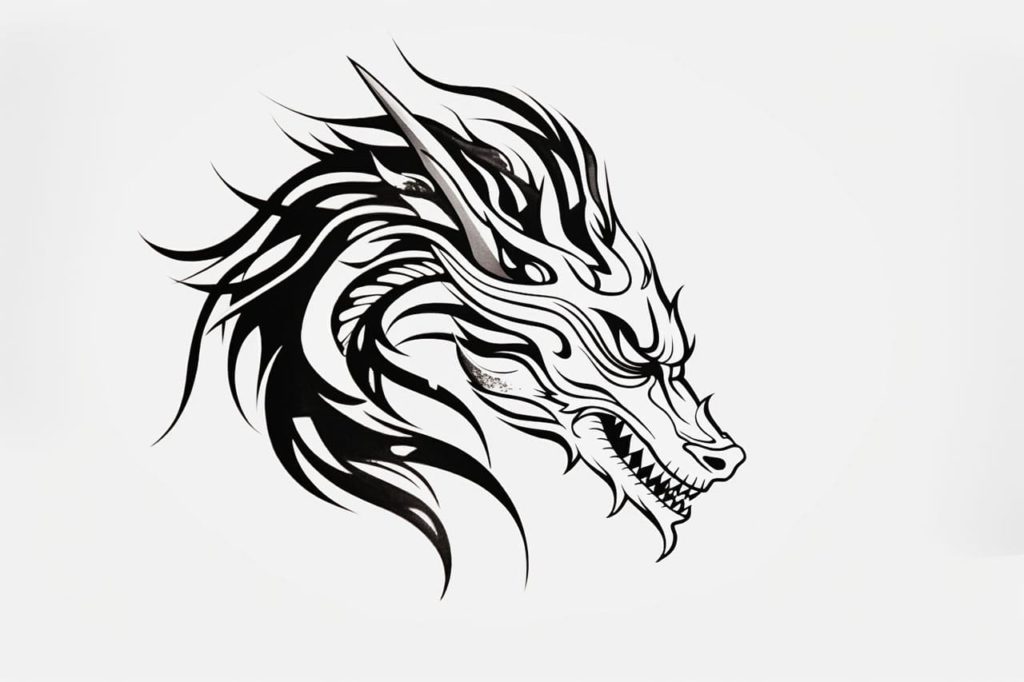
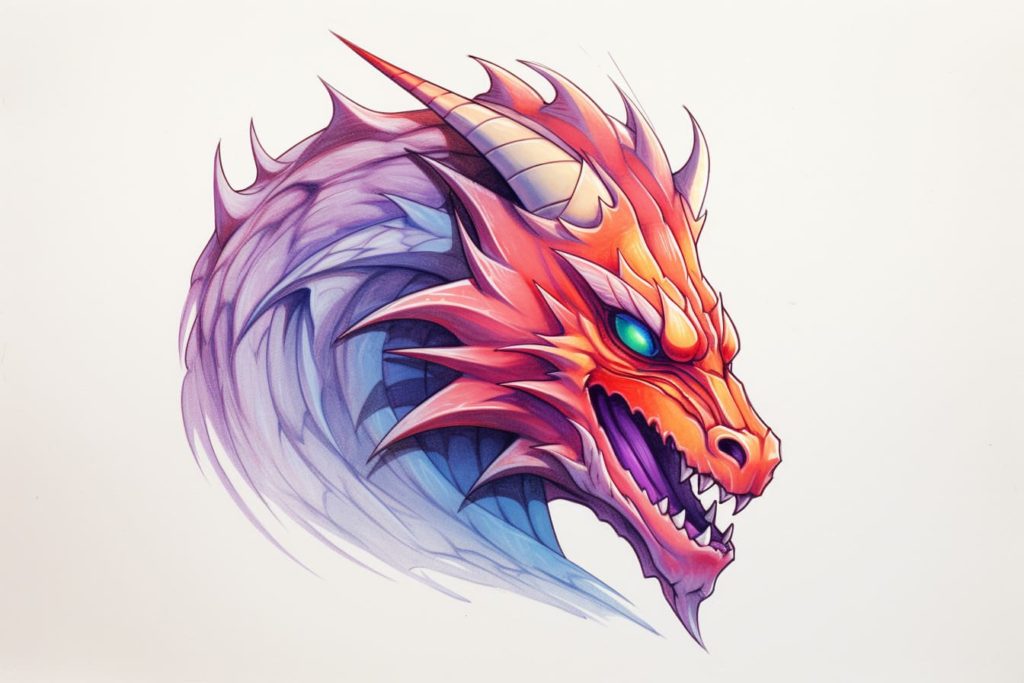
Frequently Asked Questions about Dragon Heads (and the dragons they are attached to)
What is the significance of dragon heads in Chinese culture?
In Chinese culture, dragon heads symbolize power, strength, and good luck. They are often associated with the emperor and represent prosperity and protection.
Can dragon heads be found in other cultures besides Chinese?
Yes, dragon heads are prevalent in various cultures worldwide, including European, Middle Eastern, and East Asian cultures. Each culture may attribute different meanings and symbolism to dragon heads.
Are dragon heads only found in mythology, or do they have practical applications?
Dragon heads have been used in both mythological and practical contexts. In some cultures, dragon heads adorn ships as figureheads for protection and guidance, while in others, they are featured prominently in festivals and ceremonies.
How are dragon heads depicted in art and literature?
Dragon heads are often depicted as fierce and majestic creatures with serpentine features, sharp horns, and piercing eyes. In art and literature, they can represent both danger and wisdom, depending on the context.
Do dragon heads hold any significance in feng shui practices?
Yes, dragon heads are considered powerful symbols in feng shui and are believed to attract positive energy, prosperity, and good fortune when placed strategically in homes or businesses.

